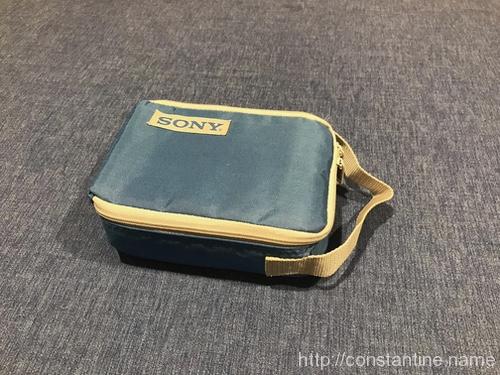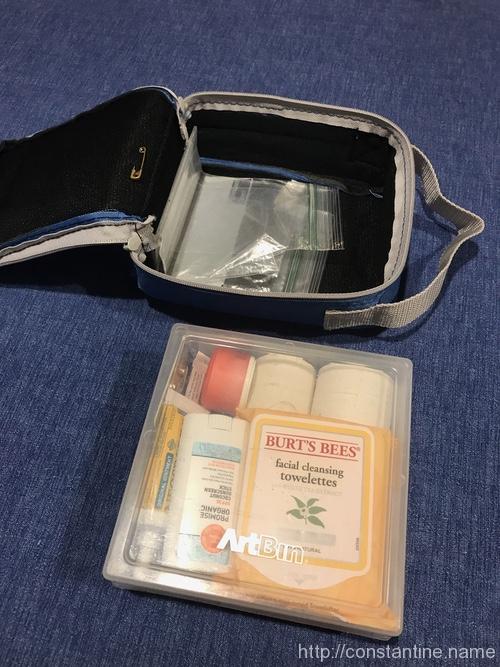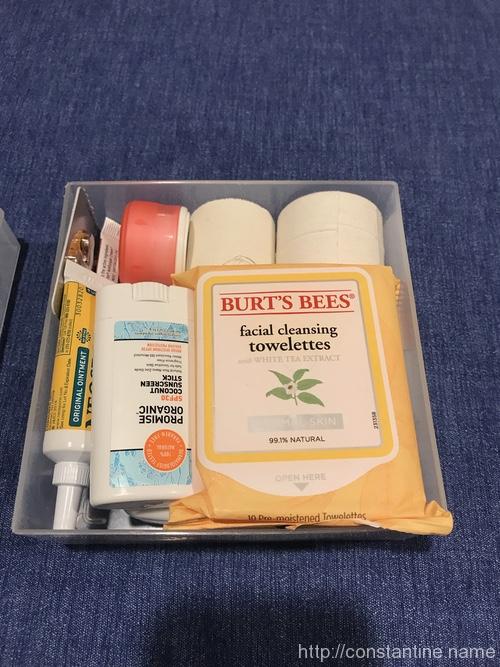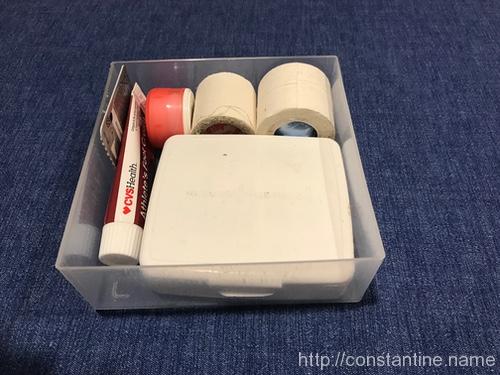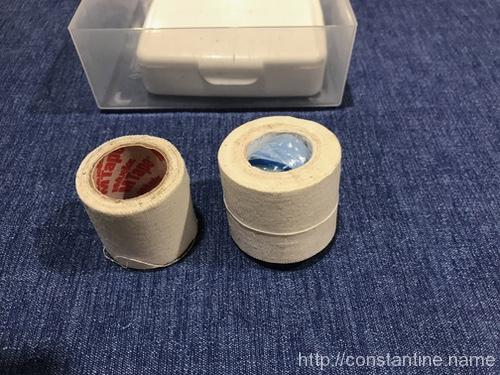This series covers all the physical things I’ve discovered which make light-weight traveling easier and more fun. (My thoughts on the philosophy, etiquette, and mindset of traveling are in a separate series.) This series of posts is only meant to give you ideas; I certainly don’t expect you use the exact same solutions. For me, the challenge was not to pack as light as possible, but to pack as light as is reasonable.
I’ve read countless articles on travel, written by everyone from ultra-light hikers to seasoned business travelers. Sometimes, I stumbled over useful ideas and then figured out how to apply them. At other times I went searching for a solution to some specific problem I was having. Over the years, I’ve come up with a collection of items, and related tips and tricks, that I find extremely useful.
It’s obviously important to know what to pack, and to be able to pack well. But I believe the most important part of traveling “light” is developing two habits: unpacking and reviewing. Unpacking ensures I’m always ready, and reviewing ensures I’m always improving. The next two parts of this series will go into these two habits.
Why
But first, why travel lightweight? Why not simply grab the largest bag I have, stuff it with everything I might need, and head out the door? Why spend time and money fiddling with travel gear and solutions? I found my answers to those questions by sorting out the following: I’m most free when I have just the clothes on my back, but I will be unhappy, stressed, or in physical danger when I don’t have whatever-it-is that I happen to need. So at the most basic level, packing light is simply the balance of freedom versus preparedness.
There is also a deeper mental level to that balance. Do I feel free and relaxed, or am I worried? For me, it turns out that simply packing more things does not make me feel more prepared or relaxed. Rather, it’s the idea that I know I am prepared which enables me to be comfortable.
Clearly, the less I have to carry, the easier physically are my travels: In a packed car, my bag can fit on my lap. On a bus, it fits in the over-head, where it’s handy through the trip. On a plane, I can travel with just a carry-on-bag, saving me time and money on checked baggage. It’s also easier to not unpack — to just live out of the bag at my destination. It’s quicker to settle down in the evening, and quicker to pack out in the morning. It’s even easier to keep track of my stuff the less of it there is.
Certainly, there are lots of challenges and trade-offs with traveling light. It is not all champagne and roses. But by investing the time to solve problems and get better at the process, I’m able to have a lot more fun. So my challenge was to pack as light as I can, and still have everything I need.
My first task was then to figure out, “What exactly do I need?”
How
The more I dug into these ideas, the more I realized that the only way to know I was prepared — to truly feel prepared — was to thoroughly examine what I was packing and carrying. I wound up asking myself a litany of questions and exploring the answers and solutions: Why am I uncomfortable right now? What could I have brought that I could use right now? I never used this thing-i-packed, so why did I bring it? I’m exhausted after carrying my pack all day; Why does it weigh 30 pounds?
This process of examining all my worries, habits, and situations led me to search for solutions. My habits of unpacking and reviewing, which I mentioned at the beginning, are the result of all this questioning and refining of my travel gear.
Along the way, I learned to not pack based on fear or uncertainty; To not pack anticipating everything that might go wrong. Instead, I learned to prepare only for the scenarios that matter — safety items, spare cash, medication. I also learned to feel comfortable in knowing what I could obtain at my destination if things didn’t go according to plan. This became a sort of “anti-packing,” where I learned what not to pack.
Eventually, I wound up with “systems”, or “kits”, for just about everything. A sleep system, in one stuff sack, that has everything I need to sleep on a bare floor. A bathroom kit, in one zipper-bag, which has everything I need for bathing, shaving, etc. A medical/urgent kit (the “m’urgency” kit) that has what I frequently use, plus what I feel is sufficient for common urgencies.
The more I tuned my gear and systems, the easier packing became. These days, I don’t grab my toothbrush out of the bathroom, find my razor, and wonder what soap may be at my destination; I pick up the small, black, zipper-bag that is my bathroom kit. If I might be sleeping on the floor I grab my sleep system. I always grab the m’urgency kit. I grab the clothes I want, and a stuff sack to pack them. I add in various other things, (described in coming posts,) grab my favorite backpack, stuff the contents, and go!
An exercise
If you really want to get a feel for how much your packing improves, try doing a “test packing” as a starting point for future reference. Note the time, and go pack for a 5 day, 4 night Parkour trip. Let’s presume mild weather, sleeping indoors but on a bare hardwood floor. Let’s say you will be training 3 of the days. Pretend you have no idea what the host conditions are, but assume you have access to a bathroom, shower, wifi and whatever electricity outlets you are used to. (Dealing with not-your-usual electrical systems is a post in this series.) When you are ready to walk out your door, note the time again. Now weigh your stuff and write down the time it took to pack, the weight, and maybe some notes about how you’d feel carrying all that stuff while trying to board a bus, a plane or hop in a car.
Now, as you put everything away, imagine dropping all that on the floor at your host. What if they have to move it while you’re out for the day? Is their dog/cat/toddler going to get into your stuff? Maybe also note your worries: I don’t have a sleeping bag or pad for sleeping on a floor! How do I dry my hair? Look at all these clothes! What if this trip had been to a place with weather extremes, say, you had to train outdoors in freezing temps? What if you knew you’d be video recorded during one of your training days? What if your destination had different electrical power? What if someone threw, or sat on, your bag?! What if… What if…
Recall the two habits I mentioned: unpack and review? You have just done your first unpack and review after an imaginary trip!
ɕ

